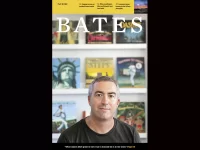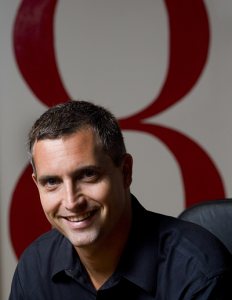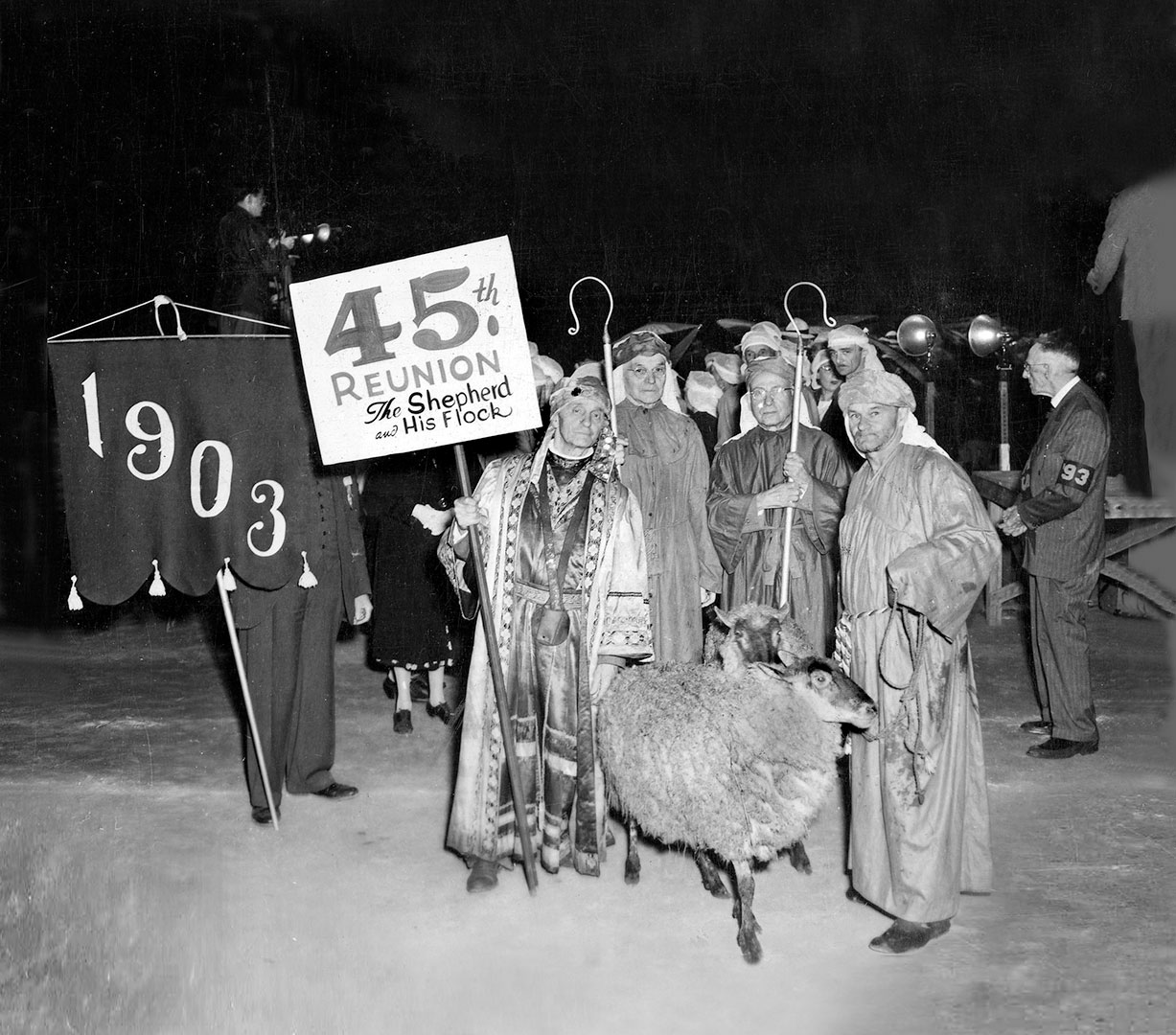
Refresher: Spring 2010
Recent Bates Magazine stories, updated
MEDAL PLAY NBC’s Winter Olympics coverage often showed sports agent Peter Carlisle ’91 (“Agent Smart,” Fall 2007) with longtime client Michael Phelps. But even if you didn’t see Carlisle, you got a sense of why he’s good at his job. As Portfolio.com reports, Carlisle gets credit for the concept behind those Morgan Freeman–narrated Visa ads, specifically the ones congratulating medal-winning performers like Maine’s Seth Wescott, a Carlisle client. In 2008, leading up to the Beijing games, Carlisle worried that the media might overlook Phelps’ potential fourth gold medal, the one that would make him the all-time gold leader. So Carlisle pitched the congrats concept to Visa, which ran the ad right after Phelps won his fourth gold. The ad worked so well, says Portfolio.com, that Visa expanded the campaign for Vancouver.
DISINTERESTED A year after Elizabeth Eames’ anthropology students researched the barriers to employment that face the local Somali community (“Help Wanted,” Spring 2009), students in another Eames course investigated a different impediment to immigrant success. At the request of Lewiston’s Androscoggin Bank, the students looked into ways that local financial institutions could serve the Somali community and other Muslims, who are forbidden by Islamic law to benefit from or pay interest.
Islamic banking in Lewiston.
CAPITAL IDEA Two years ago we profiled Gil Crawford ’80, CEO of MicroVest, one of the first U.S. firms to make private investments in microfinance institutions (“It’s a Microworld After All,” Spring 2008). Since then? Well, as the global financial crisis unfolded and worsened in 2008 and 2009, institutional investors “conducted rigorous quantitative due diligence” on firms like MicroVest, explains Crawford. The good news? Investors, he says, “decided that even in the most bearish investment climate, we projected a risk-adjusted return meeting their institutional investment objectives.” The proof’s in the successful final closing of MicroVest II, a $60 million private equity fund that offers institutional investors exposure to “best-of-class” MFIs around the world.
VIDEO STAR Her videos may depict a woman struggling against tough physical obstacles (“Break on Through,” Summer 2009), but artist Kate Gilmore ’97 isn’t much hindered by the hurdles of art world acceptance. Time magagzine named Gilmore an “artist to watch” for her participation in the 2010 Whitney Biennial — an exhibition that, a writer for the Web site artinfo.com writes, has a record of “introducing artists and concepts that eventually emerge as crucial to the contemporary discourse.”





